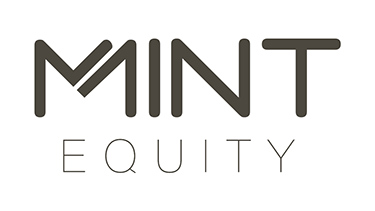Officials from the Reserve Bank of Australia (RBA) said it would be keeping the April cash rate on hold at its policy meeting on April 2nd. The move quashed any talk of a rate increase with most analysts now saying a rate cut was the most likely action the bank will take in the future.
The move marks the 29th consecutive meeting the bank has held interest rates, with the last move coming back in August 2016 when the bank slashed rates to an all-time low of 1.5% from 1.75% previously. The last time the RBA actually increased rates was way back in November 2010.
The RBA is unlikely to move on the current cash rate as they believe consumer spending and tax cuts will have a more immediate impact to the housing market.
While a rate cut is still some way off, analysts say a lower cash rate is inevitable in the coming months. Canstar finance expert Steve Mickenbecker said that “disappointing GDP data in December and lower than expected jobs growth for the first quarter means that the next rate move must be downwards.”
Mickenbecker went on to say. “For now, the RBA could be keeping its powder dry to leave room to move if we start to see even more disturbing GDP, jobs numbers, and property prices in coming quarterly results.”
That echos sentiment from RBA governor Philip Lowe who said, “Soft GDP growth of just 0.2 per cent for the December quarter paints a softer picture of the economy than the low unemployment figures.”
What does this mean for home loan interest rates?
Does this mean that homeowners will see reduced loan payments? Not necessarily, the last twelve months have seen lenders increasing rates despite the RBA keeping the bank rate on hold. So even if a rate cut does happen it won’t necessarily translate into lower interest rates for borrowers.
Should a rate cut happen in the next few months, the question is how much of it will the banks pass on and will it be enough to make a difference? Mickenbecker said, “The most likely answers are not all of it and there will be a long lag before any rate cuts work through the economy.”
We can get a greater idea of what might happen by looking back to the last rate cut in August 2016 when the RBA cut interest rates by 25 basis points. The four largest banks passed on the rate cut within a couple of weeks, but they didn’t pass on the full amount. On average the four largest lenders reduced rates by just 12 basis points.
Home loan interest rates becoming more competitive
The major banks and second-tier lenders are becoming more competitive with their interest rates as the housing market slows. Whilst lending criteria and credit policies are the toughest they’ve ever been, lenders are offering low home loan interest rates, and some are even offering up to 10 years interest-only repayments for investment properties. This approach is to help drive business which the banks have been losing due to buyer sentiment and housing prices dropping.
In the last quarter of 2018 wholesale funding costs increased driving up rates for existing borrowers. But those increases have since reversed as the bank bill swap rate fell on the back of a weakening global economy.
So far the lower cost of borrowing has not been passed on to homeowners, with most lenders choosing to offer more incentives to first-time buyers instead. This increases the chances that banks will pass on more of any rate cut this time. With the general consensus being that rates will be cut sometime before November's policy meeting, homeowners don’t have long to wait.


